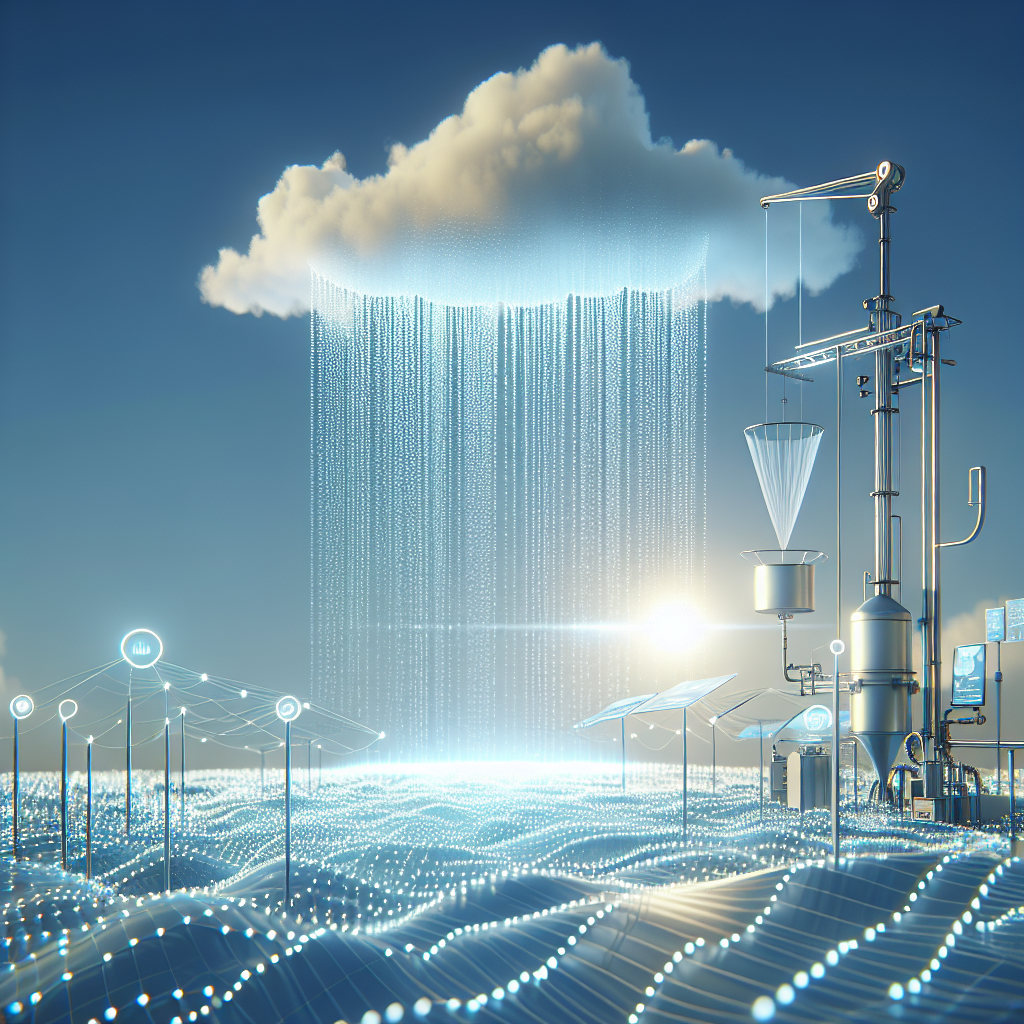Imagine a world where waiting for rain becomes a national pastime. In some regions today, this vision walks a tightrope between reality and nightmare. Farmers staring skyward, kids crafting rain dances, and communities splitting over water rights—all are pieces of the story. As the climate grows more unpredictable, many in rural areas, where agriculture dictates the rhythm of life, find themselves grappling not just with droughts but also with their impact on livelihoods. Although urban areas usually have buffers against immediate water shortages, the ripple effects come knocking eventually. Everyone becomes concerned with water access sooner or later. In places like California or the Horn of Africa, waiting for rainfall isn't just cultural—it’s political.
The issue of rain and its scarcity brings with it a heap of political discussions. Farmers often sit on one side of the debate, urging for improved water infrastructure and supportive measures to counter droughts. They represent not just rural voices but also tell tales steeped in traditions that cities have long left behind. On the other hand, environmentalists, many aligned with liberal ideologies, emphasize sustainable water use even if it means some sacrifices in agricultural output. Both perspectives hold kernels of truth worth considering, leading to heated debates even as agreements are sought.
What troubles many, especially Gen Z who are inheriting this climate-challenged world, is the way these debates can feel like echo chambers. While the impending water crisis beckons immediate action, political stalemates sometimes sabotage progress. This generation, deeply connected through digital platforms, sees climate change not as a distant threat but as part of daily life. With news feeds filled with alarming statistics and heartbreaking stories of communities suffering from drought, it’s difficult to sit idle.
Yet at this intersection of environmental concern and cultural identity, human resilience also emerges. Stories of individuals and communities building innovative solutions to capture and conserve water abound. From rainwater harvesting systems on rooftops to the revival of ancient water conservation techniques, there is creativity amidst the crisis. Grassroots initiatives often rise where political machinery falls short. They offer not just solutions but a sense of ownership and hope.
Still, waiting for rain is about more than just physical water. It symbolizes a deeper thirst for change and justice. On many fronts, advocating for better water management links into broader dialogues about social equity and sustainable growth. The dialogue includes emerging voices pushing for technology-aided irrigation systems, transparent water rights, and better policy regulations.
For a world where waiting for rain also means waiting for hope, both empathy and action are essential. It requires acknowledging that no pain is isolated, no call for help unwarranted. Political divides shouldn’t trickle down into hopelessness. Instead, they should inspire a push towards holistic solutions that harmonize agricultural needs with ecological balance. Ultimately, as we chase raindrops, every drop seizes the chance to write new chapters in our shared story.

